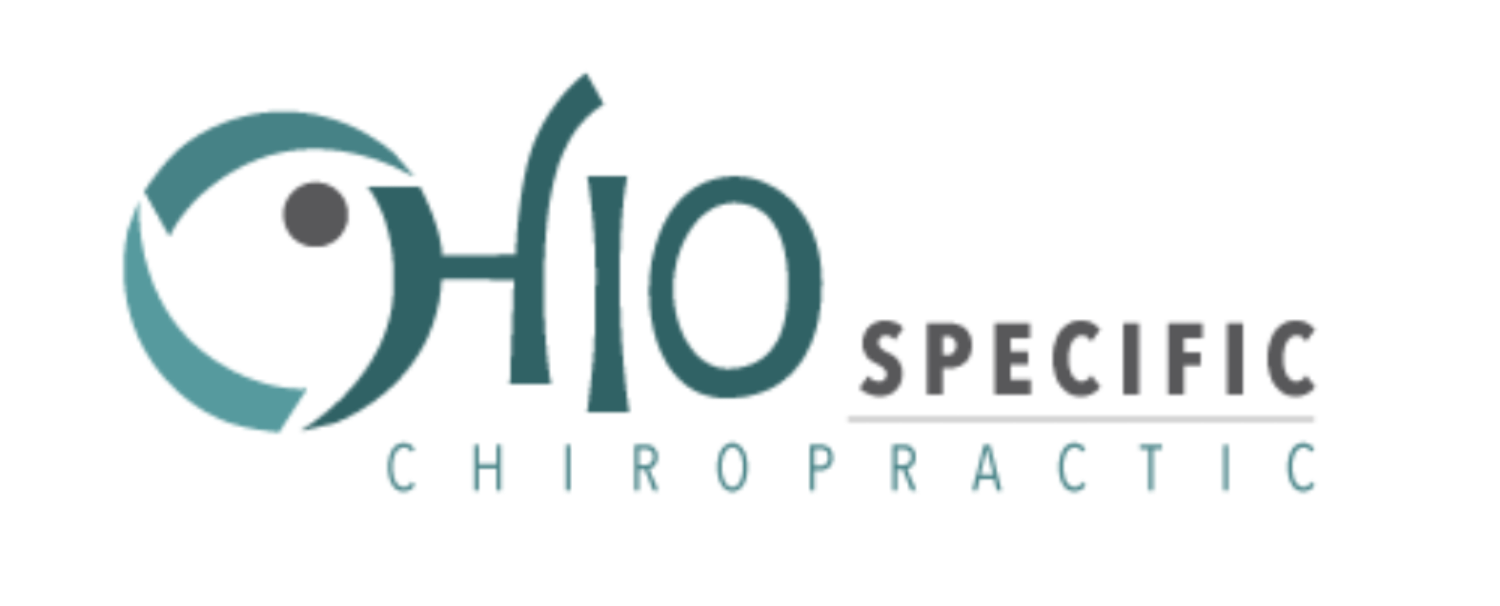Chiari Malformation and the Upper Cervical Spine
In the upper cervical spine, there are four main structures to focus on. They are:
The Foramen Magnum of the Occipital bone
The Atlas vertebra (1st cervical bone)
The Axis vertebra (2nd cervical bone)
The Brainstem of the Nerve System.
The Brainstem exits from the Foramen Magnum. The Atlas and Axis bones protect and surround the Brainstem. The brainstem connects all the nerves from the brain to the nerves of the body.
In Upper Cervical Chiropractic, the focus is on the neurophysiology and biomechanics of the Craniocervical Joint and how it effects all other areas of the body in some way, shape or form.
Regarding Chiari Malformation, the secondary focus is on the Cerebellum.
The cerebellum is located between the brainstem and the cerebrum and resides superior to the occipital bone just posterior to the foramen magnum. The cerebellum controls balance and posture, muscle tone, and voluntary muscle activity. It also plays a role in motor learning.
The Nerve System in general does four main things:
It controls all the movements we make
Senses everything we feel
Regulates all our body organs
Relates us to the outside world
When nerves get stressed, it effects their sensitivity, perception and behavior. There are three types of stresses we deal with in life. The stresses are physical, chemical and emotional in nature. These stresses create nerve tension and spine imbalance.
One specific job of the brainstem is to adapt these stresses and help bring the spine back into balance. If the stresses are too great for the brainstem to adapt, compensations arise. One particular compensation that occurs in the upper cervical spine is a vertebral subluxation.
A vertebral subluxation will cause the Atlas and Axis bones to get locked in a misaligned position. This lock will perpetuate spine imbalance and Nerve System tension. This tension will lead to abnormal sensitivity, perception and behavior of the brainstem and surrounding nerves. Nerve System function is disrupted.
Chiari Malformation is a structural defect of the cerebellum where a portion of it extends down through the foramen magnum. It is also known as Cerebellar or Tonsillar herniation. This occludes the foramen magnum opening and spinal canal. The majority of Chiari Malformations are congenital but can occur from different traumas. The usual symptoms of Chiari Malformation are:
Headaches, especially after coughing, sneezing, or straining
Neck pain
Balance problems
Dizziness
Vision problems
Difficulty swallowing
Poor hand coordination
Hearing or balance problems
Muscle weakness or numbness
Excessive drooling, gagging, or vomiting
The goal of Chiropractic is not to medically treat the symptoms of Chiari Malformation. Chiropractic aims to correct nerve tension and spine imbalance. Chiropractors correct this by adjusting the vertebral subluxation of the upper cervical spine.
Correcting the subluxation better optimizes the function of the brainstem and associated nerves. The Nerve System overall can sense, perceive and behave at a greater potential when a subluxation is corrected.
- Jarek Esarco, DC, CACCP
Related Blogs:
Neurophysiological Importance of the Upper Cervical Spine
Unbalanced Spine/Head Imbalance
"If The Problem Is In The Brain, Why Adjust The Spine?"



